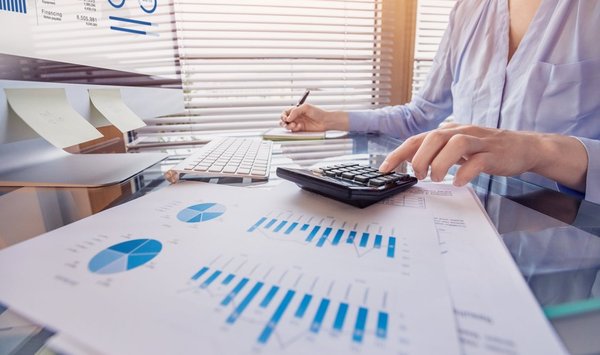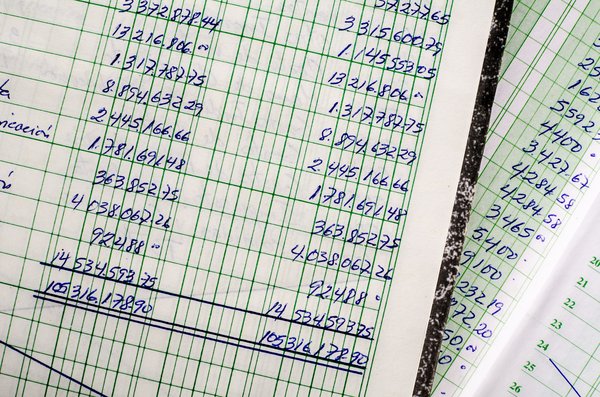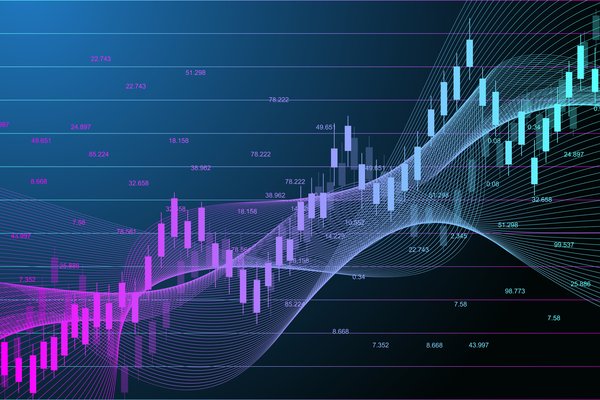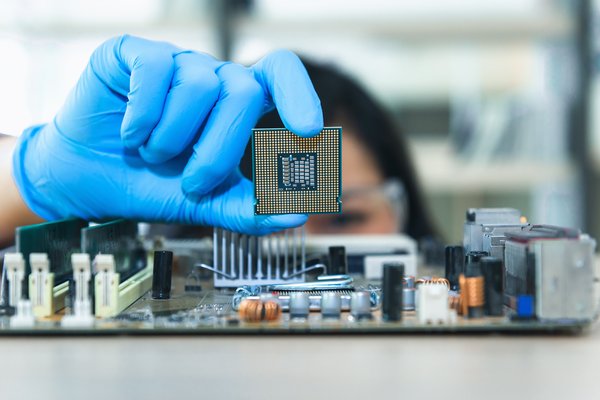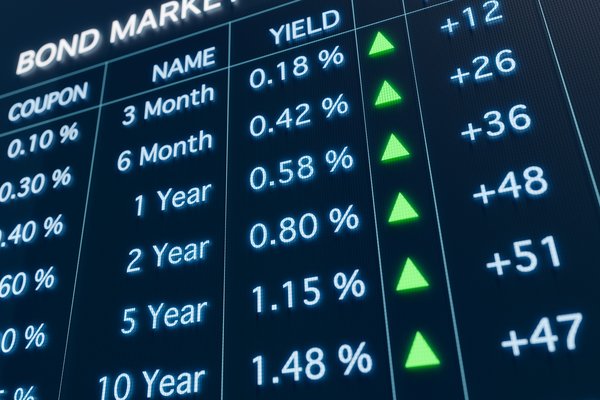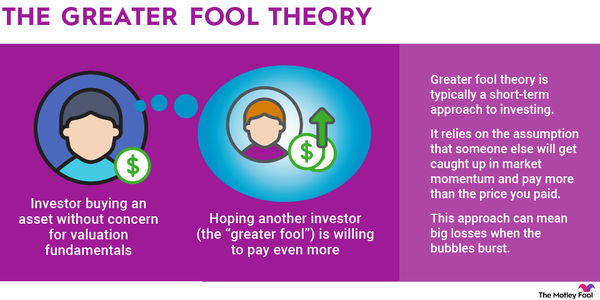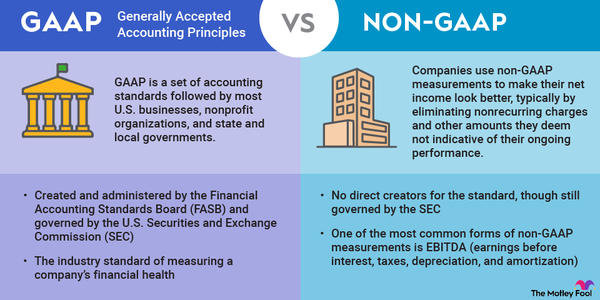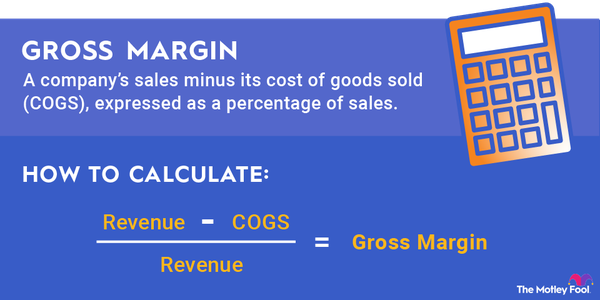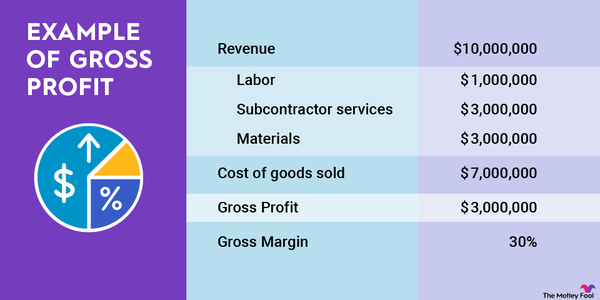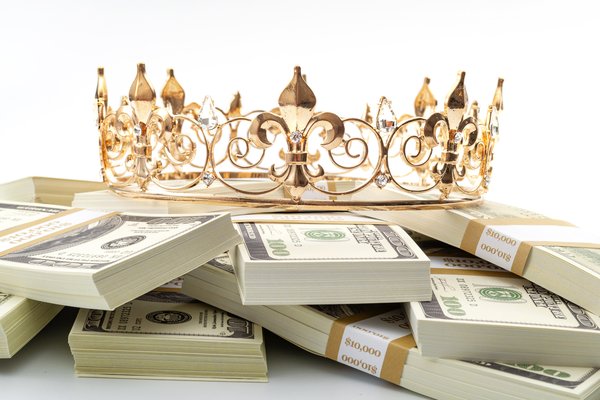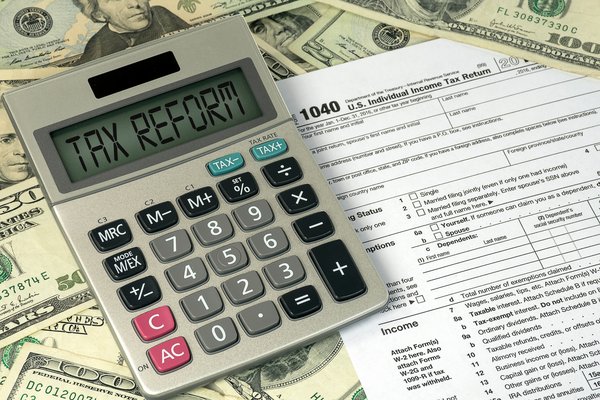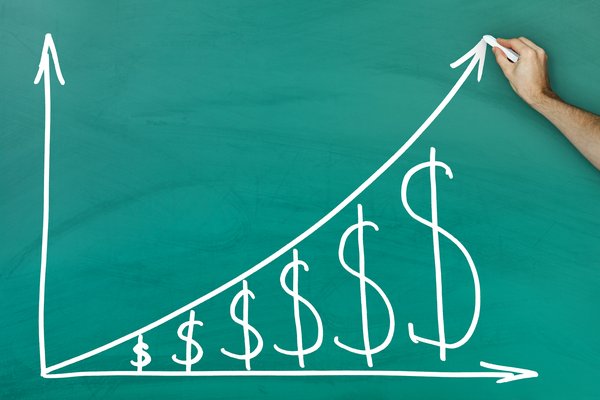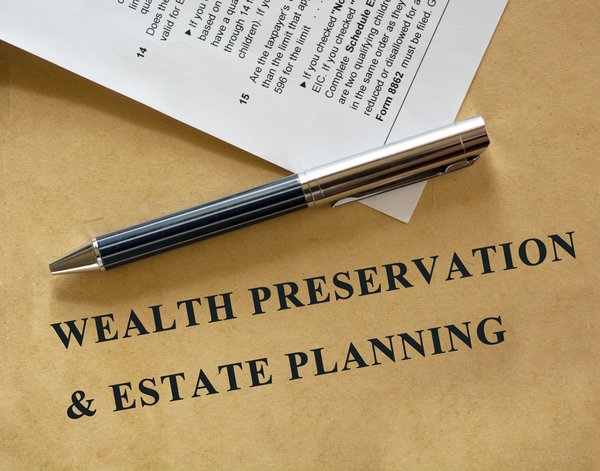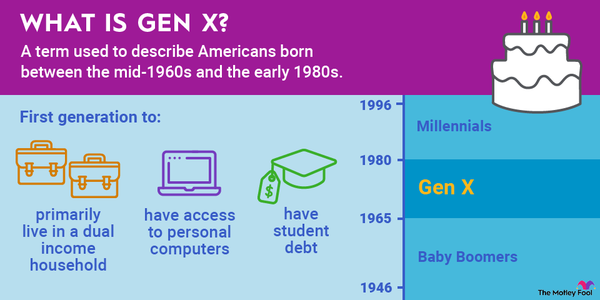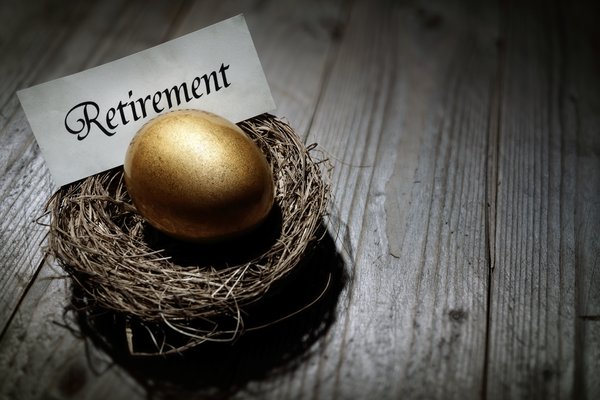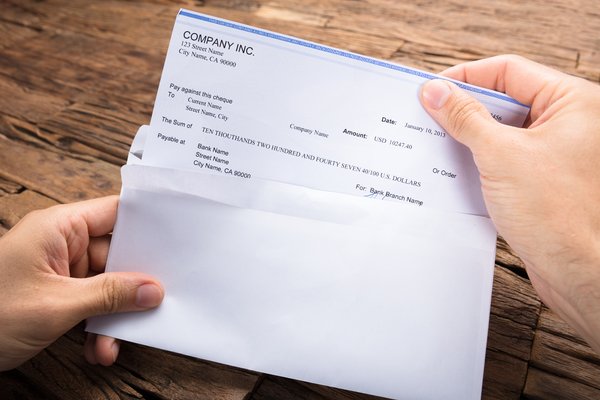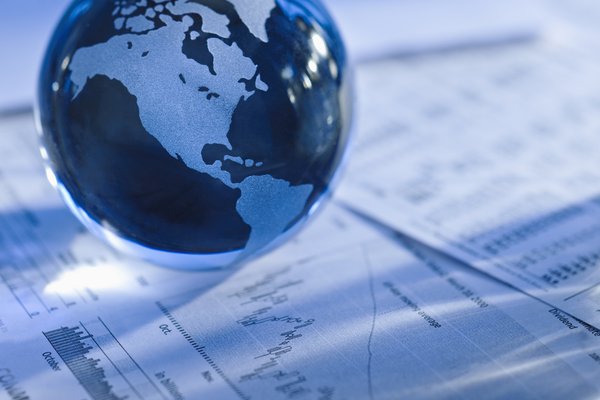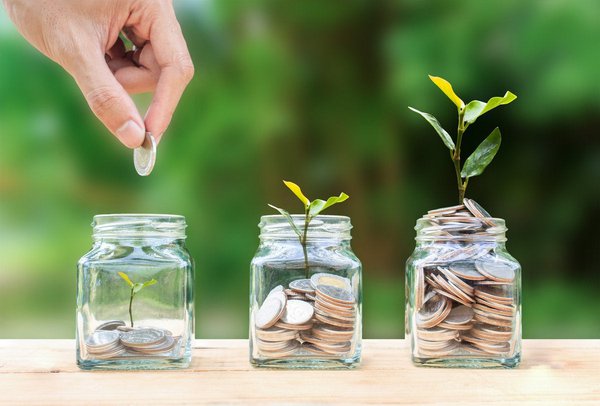Gross Domestic Product, or GDP, is a measurement of economic output. It’s the total value of all the finished goods and services produced within a country, region, or industry during a specified time, usually a year or a quarter. GDP helps measure economic health and growth.
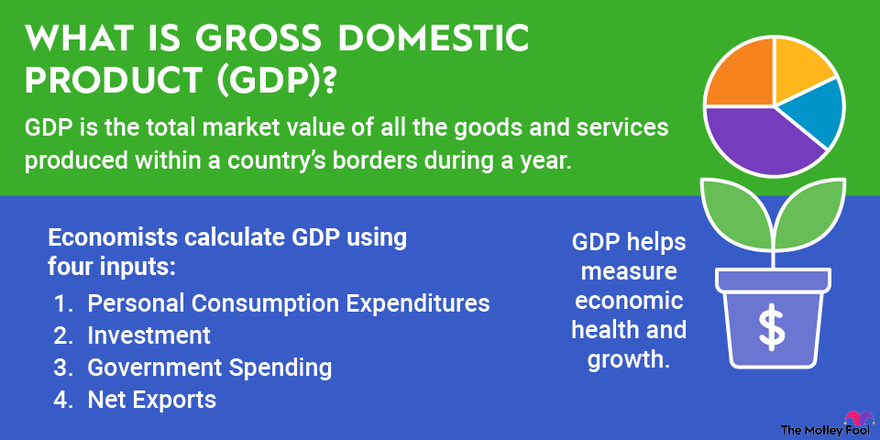
What is GDP?
What is GDP?
A simple way to define Gross Domestic Product is to break down the three words making up the term:
- Gross is the total market value of how much goods and services cost in the marketplace.
- Domestic refers to the country or home of the economic output.
- Products are the goods (things made) and services (actions provided) purchased by end-users.
Put together, GDP is the total market value of all the goods and services produced within a country’s borders during a year.
Economists calculate GDP using four inputs:
- Personal Consumption Expenditures: Total consumer spending on goods and services such as food, entertainment, and medical bills.
- Investment: Business spending on fixed assets such as land, buildings, and equipment. This category also includes unsold business inventory and homes purchased by consumers.
- Government Spending: The money spent by federal, state, and local governments on goods and services such as education, infrastructure, and defense.
- Net Exports: The value of exports minus imports.
The formula for calculating GDP uses the underlined letters from above:
C + I + G + NX = GDP
Why is it important?
Why is GDP important?
GDP is a crucial measure of economic health. Rising GDP shows that an economy is expanding. It implies that consumers aren’t worried about their jobs, so they spend more money on goods and services. Businesses, meanwhile, continue to expand because they see opportunities to increase profits.
However, slowing GDP growth or a decline can suggest that the economy is heading toward or has fallen into a recession. That can cause consumers to reduce spending as they worry about job security. It can also cause businesses to reduce their investment levels.
Public policymakers, from legislators to central bankers, use GDP as a guide to determine policy moves. For example, Congress could pass legislation to spur economic growth if GDP shows that the economy is in a downturn. Likewise, the Federal Reserve Board will look to GDP as one of many inputs of economic health when determining whether to reduce or increase the federal funds rate.
Expert views on GDP
Academic views on GPD

Domenico Ferraro, PhD
The Motley Fool: What is the difference between nominal GDP and real GDP?
Domenico Ferraro, PhD: “Nominal GDP is the total value of goods and services produced in a country expressed in units of domestic currency; US dollars in the United States. Real GDP is nominal GDP divided by the GDP price deflator in a base year.”
The Motley Fool: What is the difference between GDP and Gross National Product (GNP)?
Domenico Ferraro, PhD: “GDP is the total value of goods and services produced in a country. The GNP equals GDP plus the value of goods and services produced by domestic firms abroad.”
The Motley Fool: Are there better ways to measure economic well-being beyond just GDP?
Domenico Ferraro, PhD: “Quantifying economic well-being is difficult, so no measurement is bulletproof. Mortality rates as well as expected lifetime at birth are other measures that are a proxy for well-being.”

Scott Baier, PhD
The Motley Fool: What is the difference between nominal GDP and real GDP?
Scott Baier, PhD: “Real GDP is an attempt to net out price changes, so real GDP measures an increase in the quantity of goods being consumed.”
The Motley Fool: What is the difference between GDP and Gross National Product (GNP)?
Scott Baier, PhD: “GDP measures goods produced within a country’s border. GNP measures production produced by citizens of a country no matter where they live.”

Mariano Torras, PhD
The Motley Fool: What is the difference between nominal GDP and real GDP?
Mariano Torras, PhD: “Nominal GDP is the total value of goods and services produced in a given period, usually measured over the course of a year. We multiply the estimate of all goods and services produced by estimates of their respective average prices. That's it. Real GDP takes these nominal numbers for a multi-year period and ‘deflates’ them to an average price standard for a particular year (which year does not matter). This way, comparing GDP over time according to the average price level of a constant year allows us to compare ‘apples and apples.’ It would, for example, be nonsensical to compare GDP today to GDP during, say, the Great Depression, because in those days one dollar was worth so much more than a dollar is today (by not using price levels or dollar values for the same year we'd then be comparing apples and oranges).”
The Motley Fool: What is the difference between GDP and Gross National Product (GNP)?
Mariano Torras, PhD: “GDP measures the total value of goods and services produced within a country's borders, independent of the nationality of the owners of the assets that produce the GDP. GNP measures the total value of goods and services produced by all asset owners of a given nationality, independent of where the production takes place. So, for example, cars produced in Ohio by a Japanese-owned factory count in U.S. GDP and Japanese GNP, but NOT U.S. GNP nor Japanese GDP. Contrariwise, a U.S. hotel chain servicing customers in Kathmandu adds to U.S. GNP and Nepalese GDP but not vice-versa.”
The Motley Fool: Are there better ways to measure economic well-being beyond just GDP?
Mariano Torras, PhD: “There are undoubtedly many better ways but getting economists and researchers to agree is a tall order. GDP has many flaws: (1) It ignores how income is distributed; (2) It misleadingly counts defensive expenditures like prisons, environmental cleanup, open-heart surgeries, etc. as important contributors (3) It treats extracted natural assets like lumber, petroleum, etc., as income instead of capital consumption, (4) It does not distinguish between income earned from productive activity and that earned from speculative and rent-seeking activity, (5) It completely ignores non-monetizable benefits to society like leisure time, good health, child rearing, etc. Different groups have proposed better indicators like the happy planet index, the better life index, the index of sustainable economic welfare, the genuine progress indicator, and the like, but getting universal acceptance of alternatives has not been possible. Another alternative is the more popular human development index (HDI), published annually by the UN and counting health and education outcomes in addition to GDP.”
How investors can use GDP
How investors can use GDP
The economy moves in a four-part cycle:
- Expansion: A period of sustained GDP growth.
- Peak: A time of slowing GDP growth.
- Contraction or recession: A time of negative GDP growth.
- Trough: A brief period where GDP stops declining and starts to recover.
Many industries are susceptible to changes in economic or GDP growth. For example, consumer spending on items such as airline tickets, hotel stays, restaurants, cars, clothing, and consumer products rises when the economy expands and falls when it’s contracting. Companies involved in economically sensitive industries usually see their earnings and stock prices rise and fall with the economic cycle. Investors call economically sensitive companies cyclical stocks.
Given their nature, investors can use GDP as their guide for when to buy and sell cyclical stocks. The best time to buy cyclical stocks is during the trough phase and the early stages of an expansion. Investors should avoid or sell cyclical stocks when GDP growth is slowing. Investors can use GDP to maximize returns and minimize losses in cyclical stocks.







